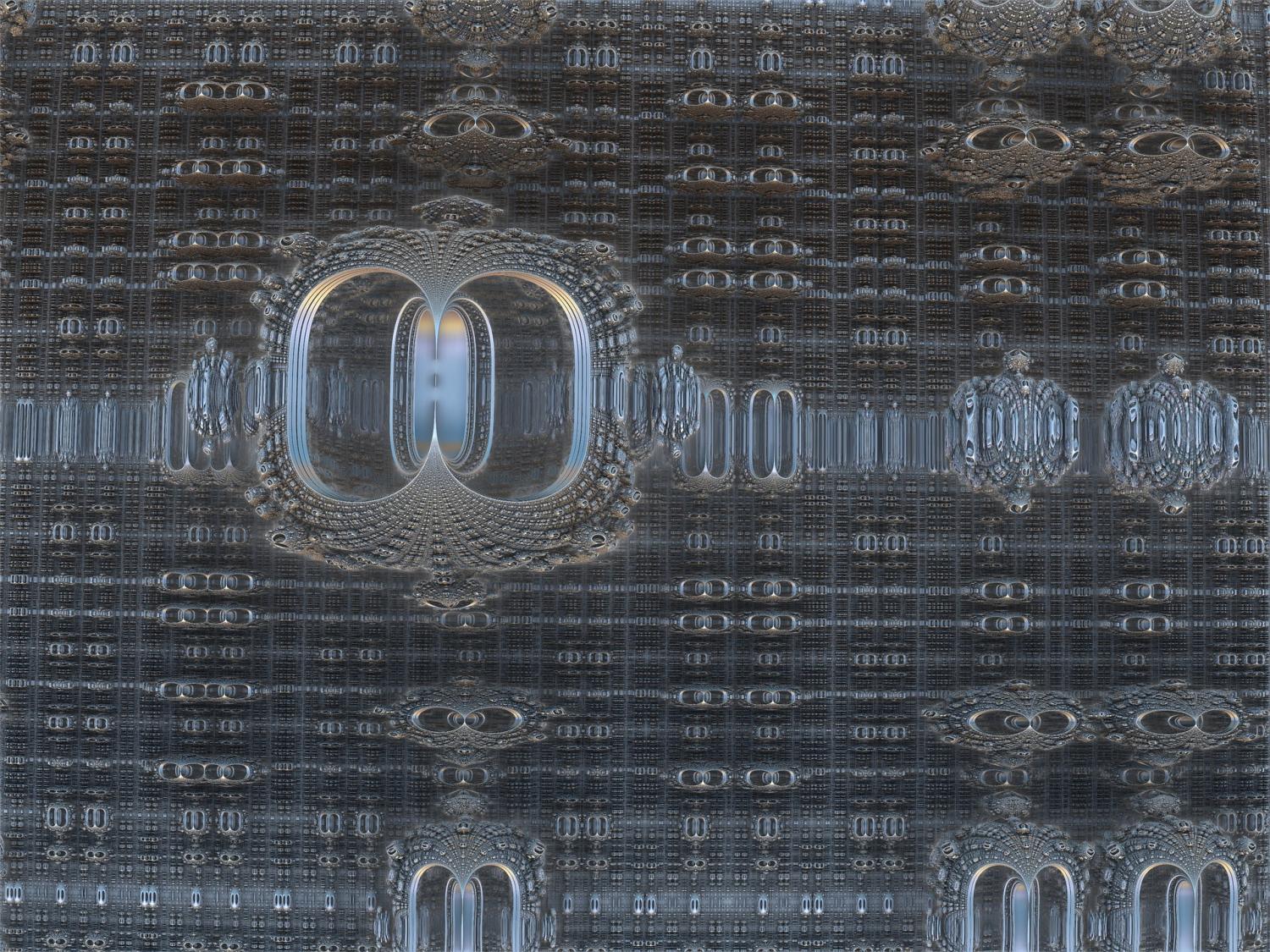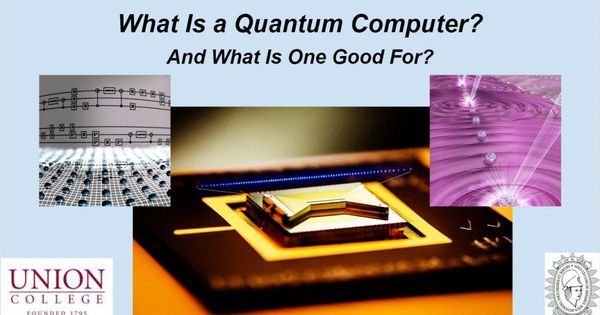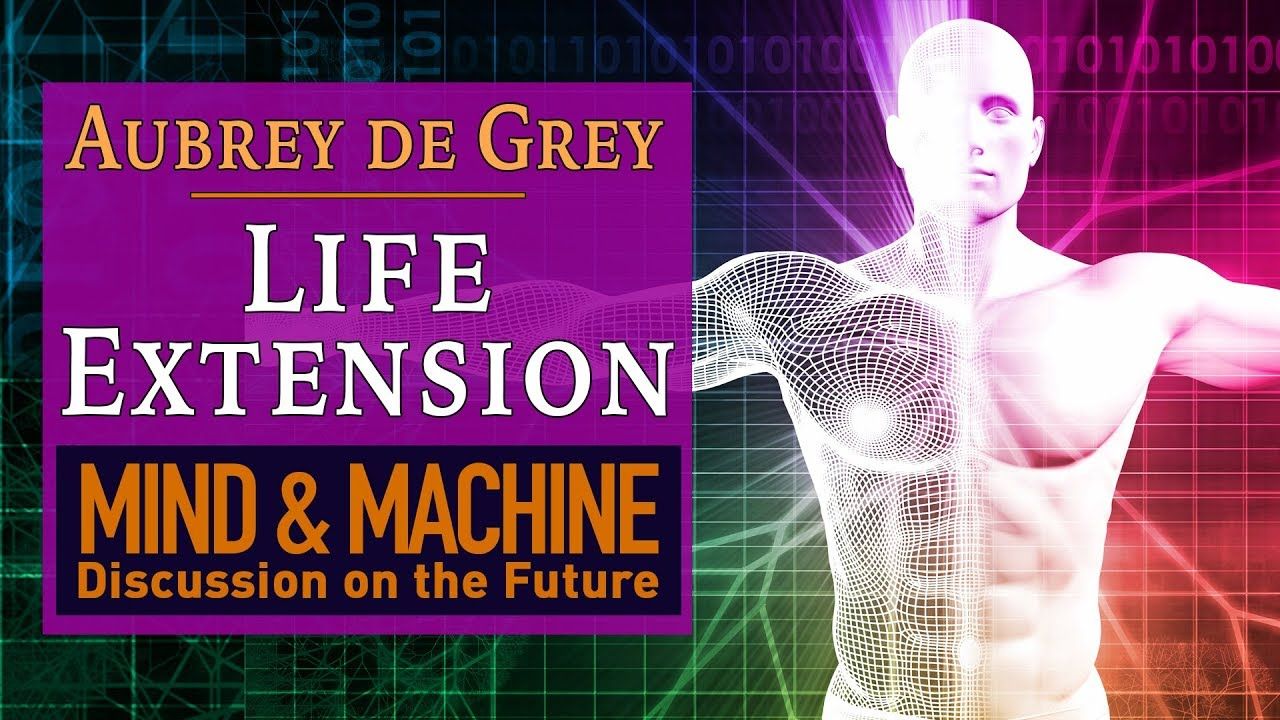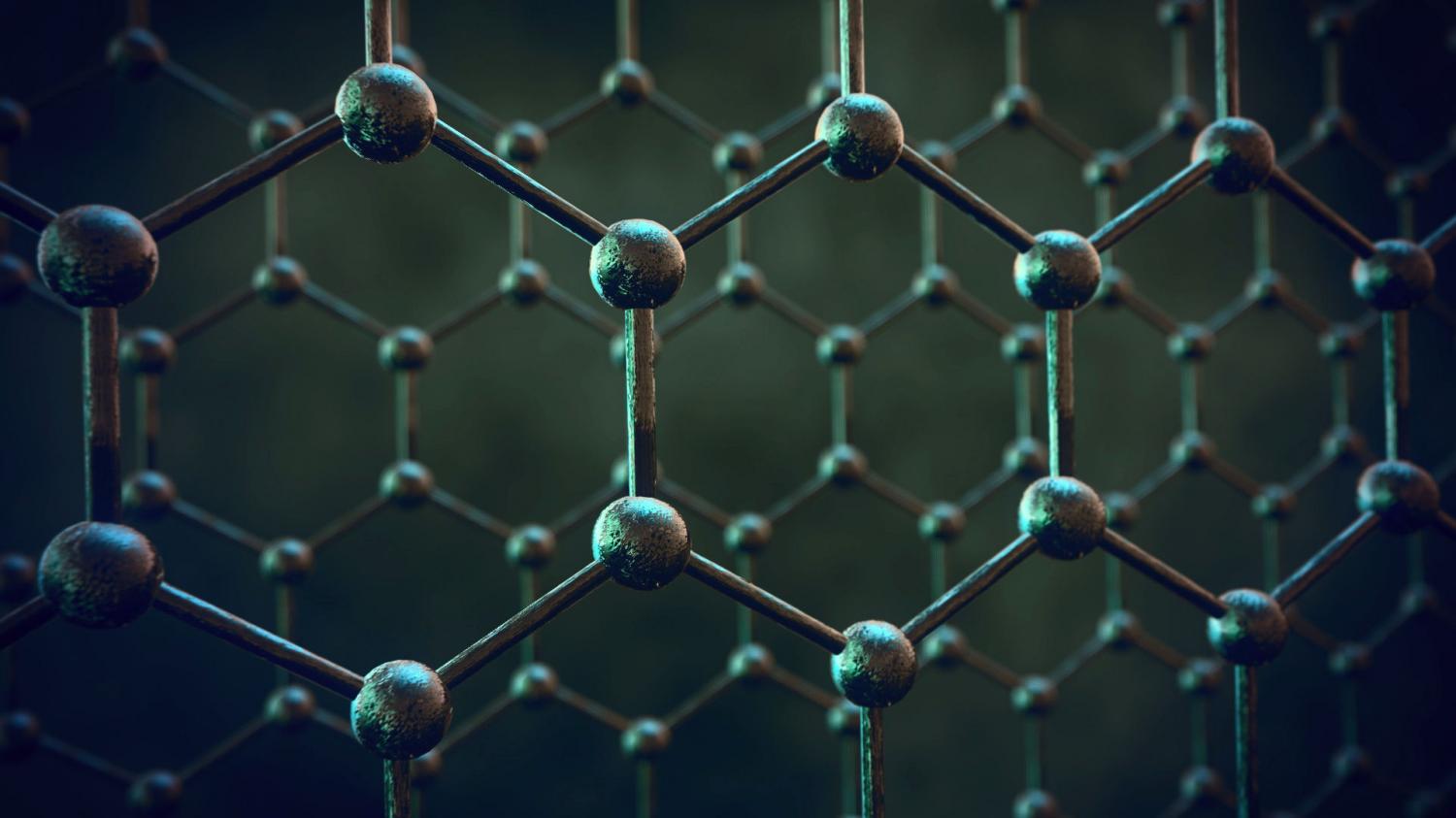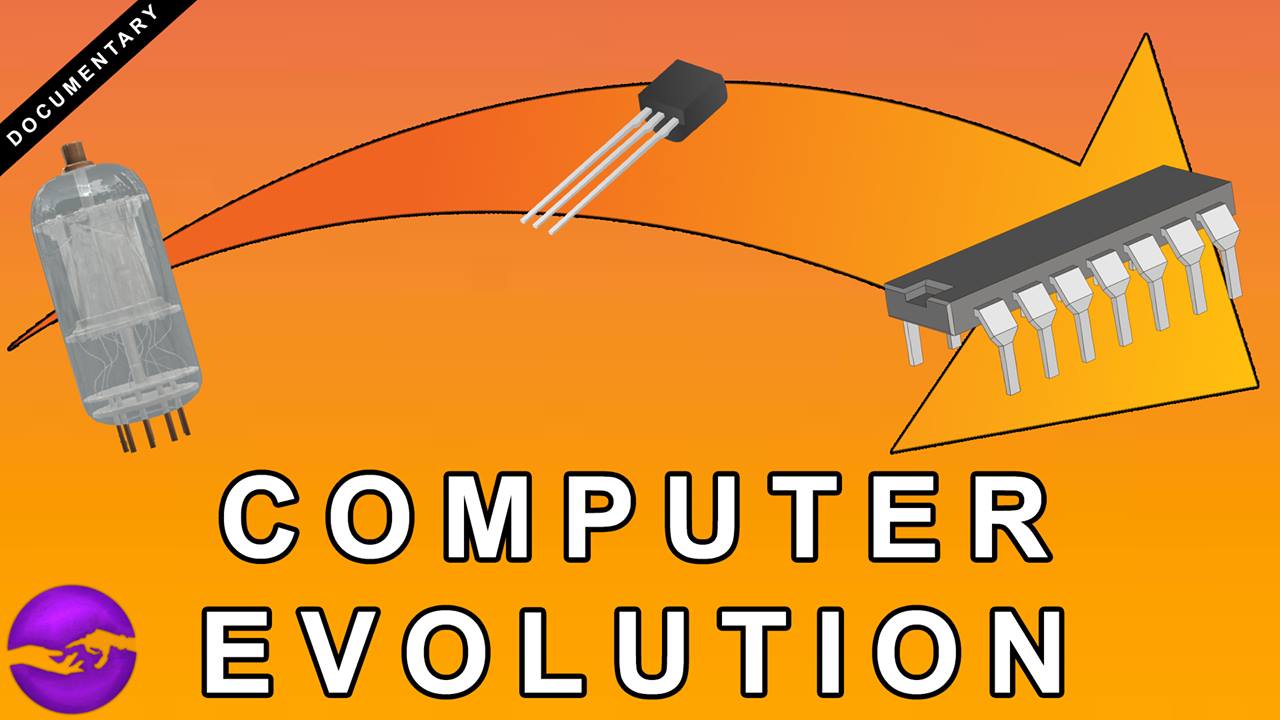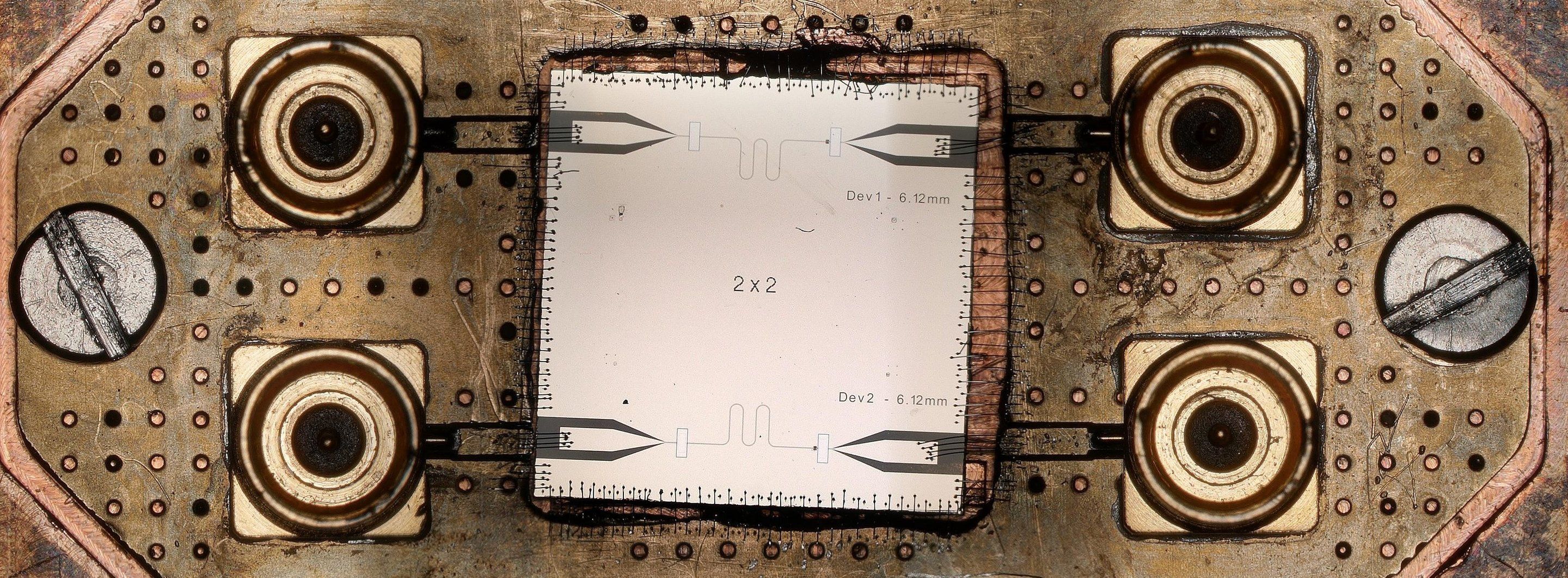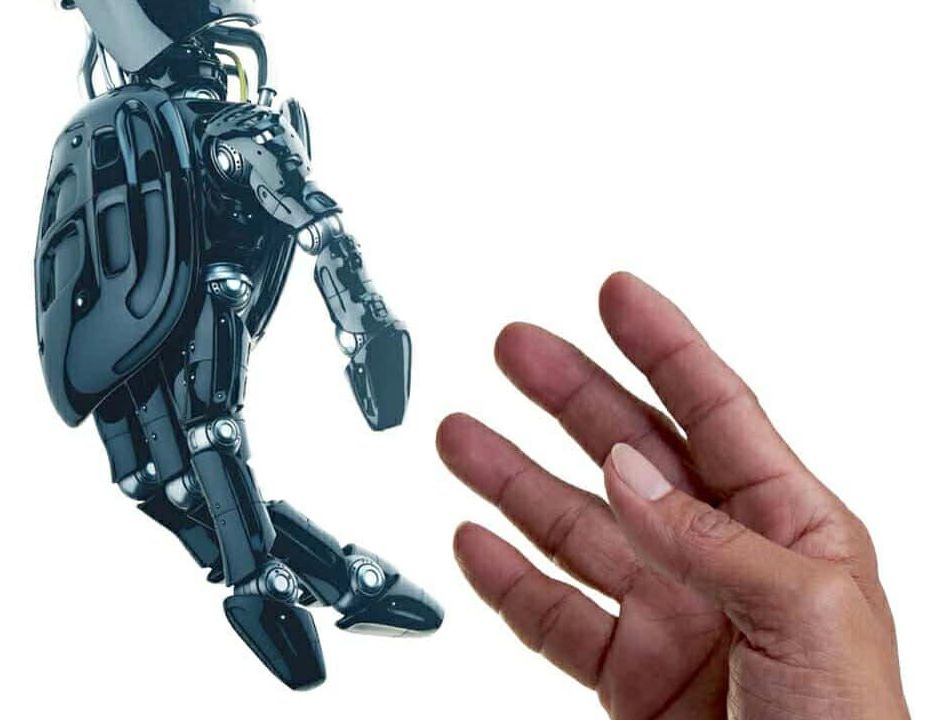Oct 18, 2018
The Biotech Innovation That Will Transform Society Has Arrived (Hint: It’s Not CRISPR)
Posted by Genevieve Klien in categories: biotech/medical, computing
Michael Schein: How did you end up working at the forefront of biology and technology?
Andrew Hessel: I have the strangest career ever. I originally got into the life sciences simply because all the other areas of technology just weren’t that interesting to me. Most technology falls apart and ends up in the junkyard. Cars rust. Even buildings can burn down. But biotech is different because even though organisms die, DNA gets passes on. Unfortunately, as I quickly learned, most scientists make really crappy money. So I thought: Let me find a way to pursue what I’m interested in but in a way that lets me make a good living. With that in mind, I’ve detoured into a medley of different technology companies. Eventually I made my way to work that’s at the intersection of biological research and computers. That’s how I ended up doing what I do now.
Schein: Tell us about the specific kind of biotech that takes up most of your headspace these days.

